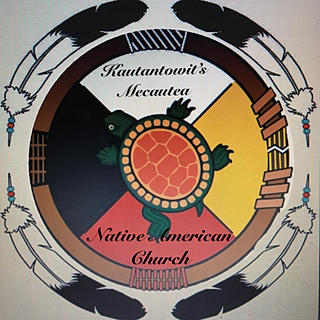History of Militia
- kautantowitmecautea
- Jan 10, 2021
- 3 min read
Updated: Feb 18, 2021
KMHQ Feb. 18 2021
“A well regulated Militia, being necessary to the security of a free State, the right of the people to keep and bear Arms, shall not be infringed.”

Militias rapidly formed based on the Assize of Arms in England, which was a proclamation dating back to 1181 made by Norman King Henry II. It held that it was a universal obligation of select classes to have arms and to serve in the defense of their kingdom. From the Puritans to Jamestown residents, the early settlers were convinced that the peace and safety of their communities could only be maintained by organizing militia forces.
In 1623, the Virginia General Assembly decreed, “that men go not to work in the ground without their arms…” and Governor William Berkeley said in 1661 that, “all our freemen are bound to be trained every month in their particular counties.” Immediately after the Massachusetts Bay Colony received its charter in 1628, Captain John Endecott, the appointed governor of the “plantation” at Naumkeag (Salem), was ordered to undertake the military organization of the trading post and settlement. At his orders, a shipment was sent over in 1629 that included 100 uniforms, 60 corselets (upper torso body armor), 100 swords, 83 pole arms, 100 firearms and 8 cannon.
By the mid 18th century, militia law of most colonies required that all free males between the ages of sixteen and fifty be enlisted. These men were organized into companies of thirty two to sixty eight men. Companies were organized into regiments and the Governor appointed the regimental officers. All militia in a county were under the direct command of a County Lieutenant holding the grade of colonel who, upon taking the field, outranked all colonels commanding individual regiments.
Following the War of 1812, the Militia fell into what can only be called a state of disrepair. Yearly musters were not well attended, inspectors were lax, musters were more often than not an excuse for men to get away from their families and drink, and States neglected to keep good stocks of arms and equipment. The only exception to this were companies of Volunteer Militia that were formed by enterprising and industrious individuals of a martial nature. Company commanders often equipped and clothed their units with private funds and presented their organizations to the State for acceptance as Militia. As the Organized Militia waned in popularity, the Volunteer Militia grew. Because they were considered “elite” companies, they were given honorary positions as the flank companies of regiments, either as guards or light infantry. Few artillery and cavalry Militia companies ended up existing as anything other than paper companies in the Volunteer Militia.
When war was declared, the President would issue a call for volunteers with each state given a quota. U.S. Volunteers served with distinction in the Mexican-American War and formed the vast majority of U.S. troops in the Civil War. Generally speaking, the first volunteer regiments sent from each state in 1861 were formed from the Volunteer Militia organizations, many dating back to before Independance.
The Militia Act of 1903 created the National Guard out of the Organized Militia and created the Reserve Militia, to consist of males 17-45, those eligible for the draft. This removed more control of the Militia from the States but provided additional funding for training, equipping, and manning the force. It was the National Defense Act of 1916 that fully modernized the National Guard, provided Federal funding for training, drills, annual training, and equipping. It did, however, stipulate that in return, the War Department and the Army gained far more control over the Militia; for example, the Army was now able to dictate what types of units would be raised in each State. The Act also removed the issue of Militia serving outside the United States by stating that when called into Federal service, the National Guard would be considered Federal troops.

From then on, the National Guard has served with distinction in all the major conflicts of the United States. The idea of a citizen-soldier still retains its popularity, and for good reason: the National Guard ensures a link between civilians and the military in this age of the All-Volunteer Force.
United States Code Title 32 outlines how the organized Militia may be used. The critical piece to understand is that the National Guard is exempt from the Posse Comitatus Act of 1878, that prohibits Federal troops from enforcing domestic policies.





Comments